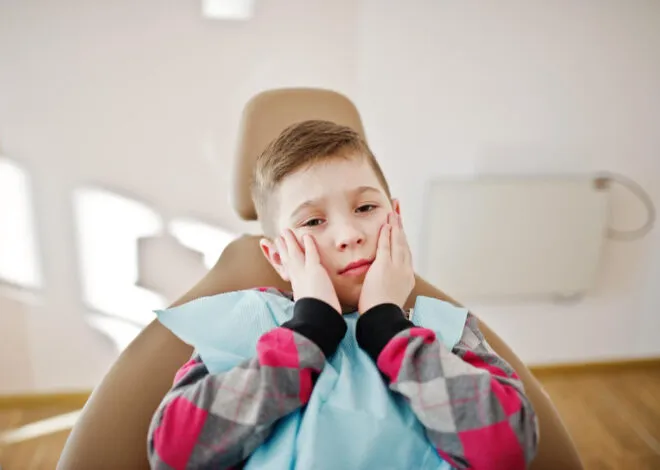Hives & Fever in Children
Though they may be common, certain childhood ailments can be frightening. For instance, if your child suddenly breaks out in a rash or his temperature rises, you may be unsure of what to do. It can be difficult to tell whether hives, which are red, swollen areas of the skin, or fever are causes for concern or if they will clear up on their own.
How to Identify Hives
Red welts that usually appear on a child’s stomach, chest or back are known as hives. Hives are usually raised areas that can itch, but don’t always. The size varies. Some are tiny and no larger than the width of a pencil, while others are large enough to cover a child’s entire stomach. In some cases, hives will appear on one part of the body, only to fade after a few minutes or an hour and appear on another part of the body. While many cases of hives are acute, meaning they resolve within a short period of time, some are chronic, meaning they can last for months or even years.
Fever Identification
A fever, usually defined as a body temperature over 100 degrees F, can mean several things. Usually, your child’s body temperature will increase because he is trying to fight an infection. During a fever, the brain adjusts the body’s natural thermostat, convincing it that it needs to be hotter than usual. A fever can help kill off any invading microorganisms, such as bacteria or viruses. Children with a fever often feel hot to the touch. They may shiver, even though they feel warm to the touch. Usually, a child will have other symptoms, such as weakness and body aches. While most fevers break on their own, high fevers, over 103 degrees F, can be dangerous.
Connection Between Hives and Fever
Although hives and fever can and often do occur separately, in some cases they may be connected. For instance, some children will break out into hives while fighting an infection. In this case, they may also have a fever. One way to determine if your child’s hives are caused by an infection is to take her temperature to see if she also has a fever, according to the Ask Dr. Sears website.
Treating Hives and Fever
Treatment for hives and fever depends on the cause. Treating chronic hives in a child can be tricky, according to MayoClinic.com, since the cause of the hives is often unknown. Antihistamines are usually effective at treating acute hives, particularly if the hives are caused by an allergic reaction. More severe hives may need corticosteroid injections, according to the Children’s Hospital of Philadelphia. If your child has a fever over 102 degrees F, you may wish to decrease it using acetaminophen or ibuprofen. Even though aspirin will also decrease a fever, do not give it to your child, as he could develop Reye’s syndrome, according to New York Presbyterian Hospital.
Prevention
It can be difficult to prevent hives, particularly if you do not know the cause. If your child has chronic hives, you may wish to keep track in a journal of his activities and the foods he eats to find any correlations. If you do know that his hives are caused by a particularly allergen, do your best to help him avoid that allergen. Avoid hives and fevers from infections by helping your child wash his hands frequently.




